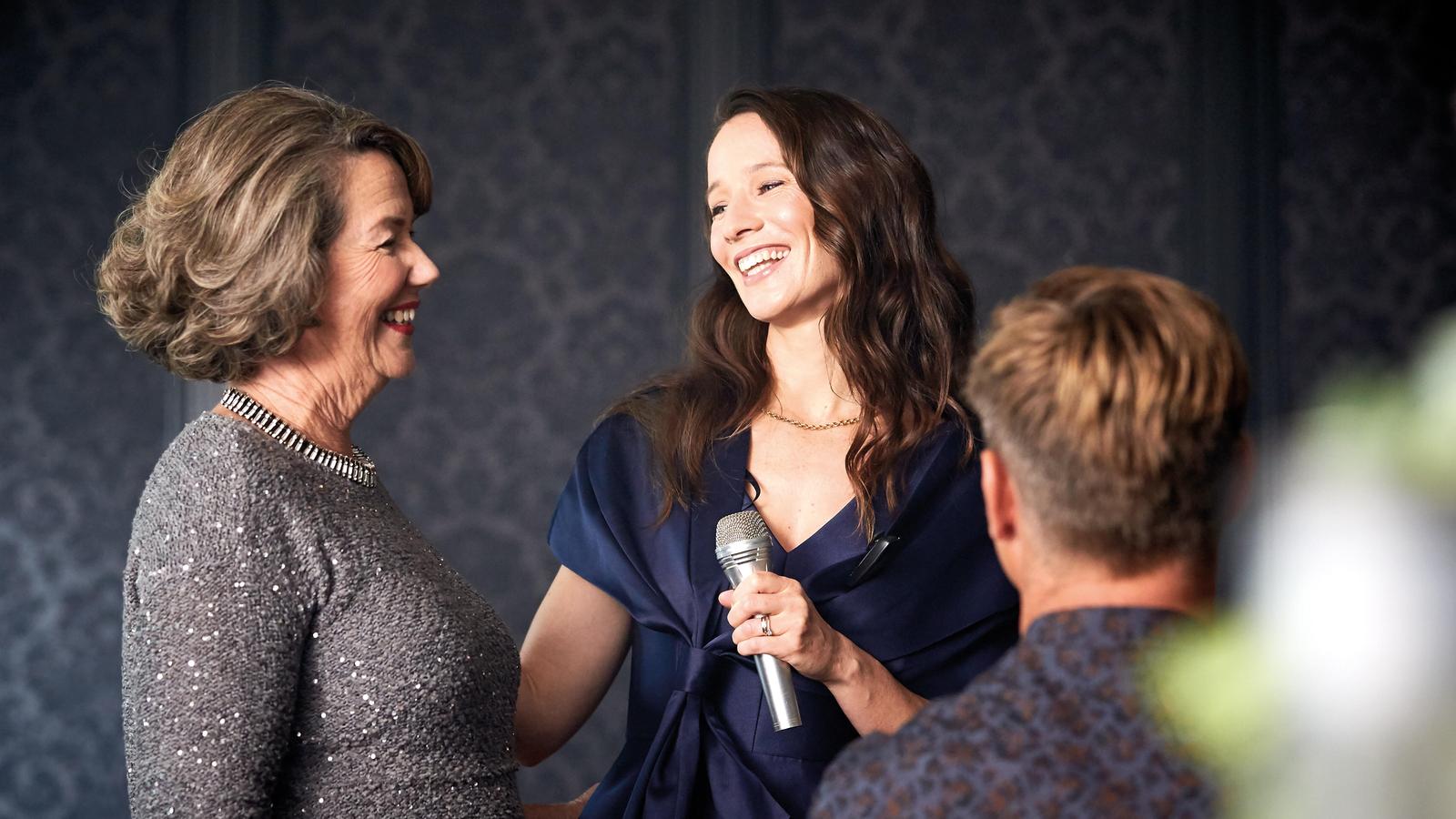Hearing with both ears
Find out how both ears work together and it is important in everyday life.

Page contents
- The importance of hearing with both ears.
- The possibility to use two hearing solutions.
The importance of hearing with both ears
Ears work together as a team and the brain uses both to locate sound and ear in noisy environments.1 Hearing with both ears is called binaural hearing. With unilateral hearing (hearing with one ear) it may be difficult to perform some tasks. These tasks are listed below.
Understand speech in noise
With unilateral hearing it may be difficult to hear speech in noisy environments.
With binaural hearing, it may be easier for the brain to listen selectively. It then may be possible to focus on specific conversations.2
Locate sound2
Not being able to tell where sound is coming from may cause problems.
For children, it may be hard to follow the teacher in class or team mates on the sports field.
For adults, driving through traffic may be difficult. For both, crossing a busy road could prove dangerous.
Avoid the head shadow effect
Sounds travel around the head so that the ear that works can send them to the brain. As a result, it may be difficult to hear and understand sounds, particularly high-frequency sounds in noisy places.1
Listening music
Some of the people who have lost hearing in one hear say they enjoy less music and describe it as sounding unpleasant, indistinct or unnatural, compared to how it sounded with both ears.3
Binaural hearing and speech development in children
Hearing with both ears helps children better understand speech and language. This may be important for their learning and development.4
Two hearing solutions
Sometimes, using a hearing solution on both ears can be recommended. Several possibilities exist : two hearing aids, two implants (bilateral implantation) or a combination of a hearing aid and an implant (bimodal hearing).
The health professional is the only one able to determine which is the most suitable.
Find a hearing implant specialist
Disclaimer
Please seek advice from your health professional about treatments for hearing loss. Outcomes may vary, and your health professional will advise you about the factors which could affect your outcome. Always follow the directions for use. Not all products are available in all countries. Please contact your local Cochlear representative for product information.
For a full list of Cochlear’s trademarks, please visit our Terms of Use page.
References
- Weaver, J. "Single-Sided Deafness: Causes, and Solutions, Take Many Forms." Hearing Journal 68.3 (2015): 20-24. Web. 28 Apr. 2017. http://journals.lww.com/thehearingjournal/Fulltext/2015/03000/Single_Sided_Deafness___Causes,_and_Solutions,.1.aspx.
- Hearing Aids | What is a Binaural Hearing Aid [Internet]. Betterhearing.org. 2018 [cited 12 September 2018].
- Meehan S, Hough E, Crundwell G, Knappett R, Smith M, Baguley D. The Impact of Single-Sided Deafness upon Music Appreciation. Journal of the American Academy of Audiology. 2017;28(5):444-462.
- Ching TY, Psarros C, Hill M, Dillon H, Incerti P. Should children who use cochlear implants wear hearing aids in the opposite ear?. Ear and hearing. 2001 Oct 1;22(5):365-80.

